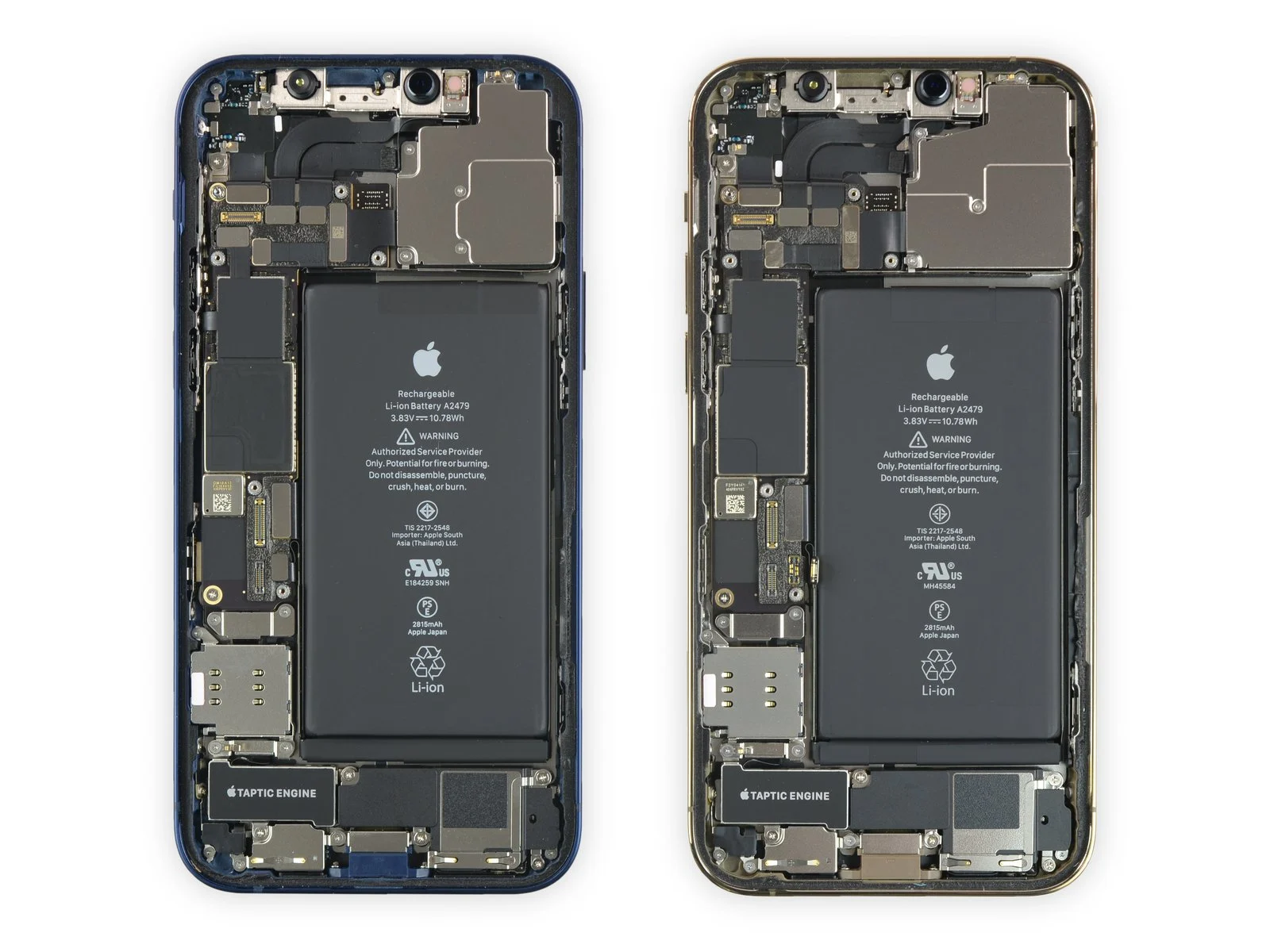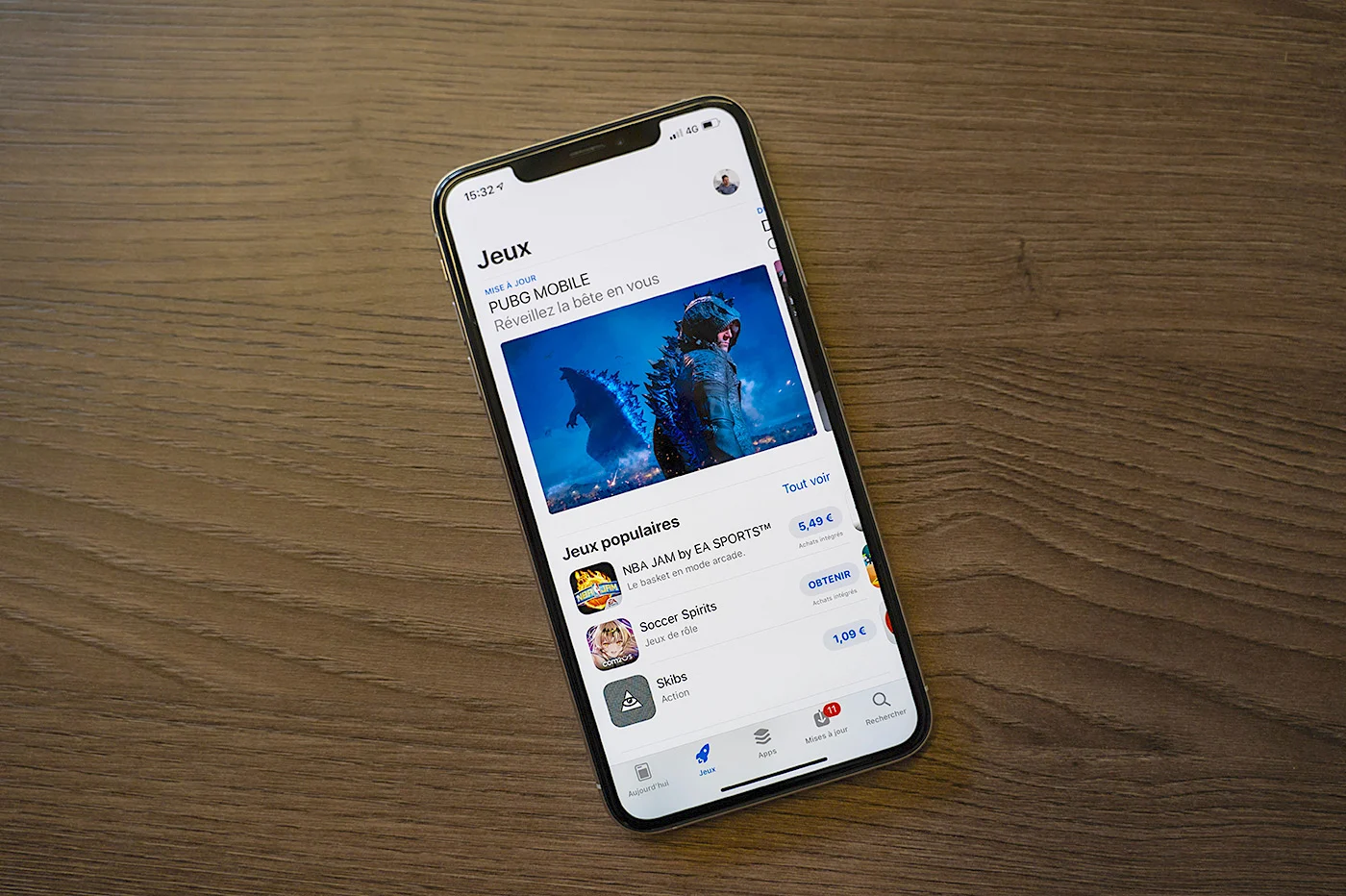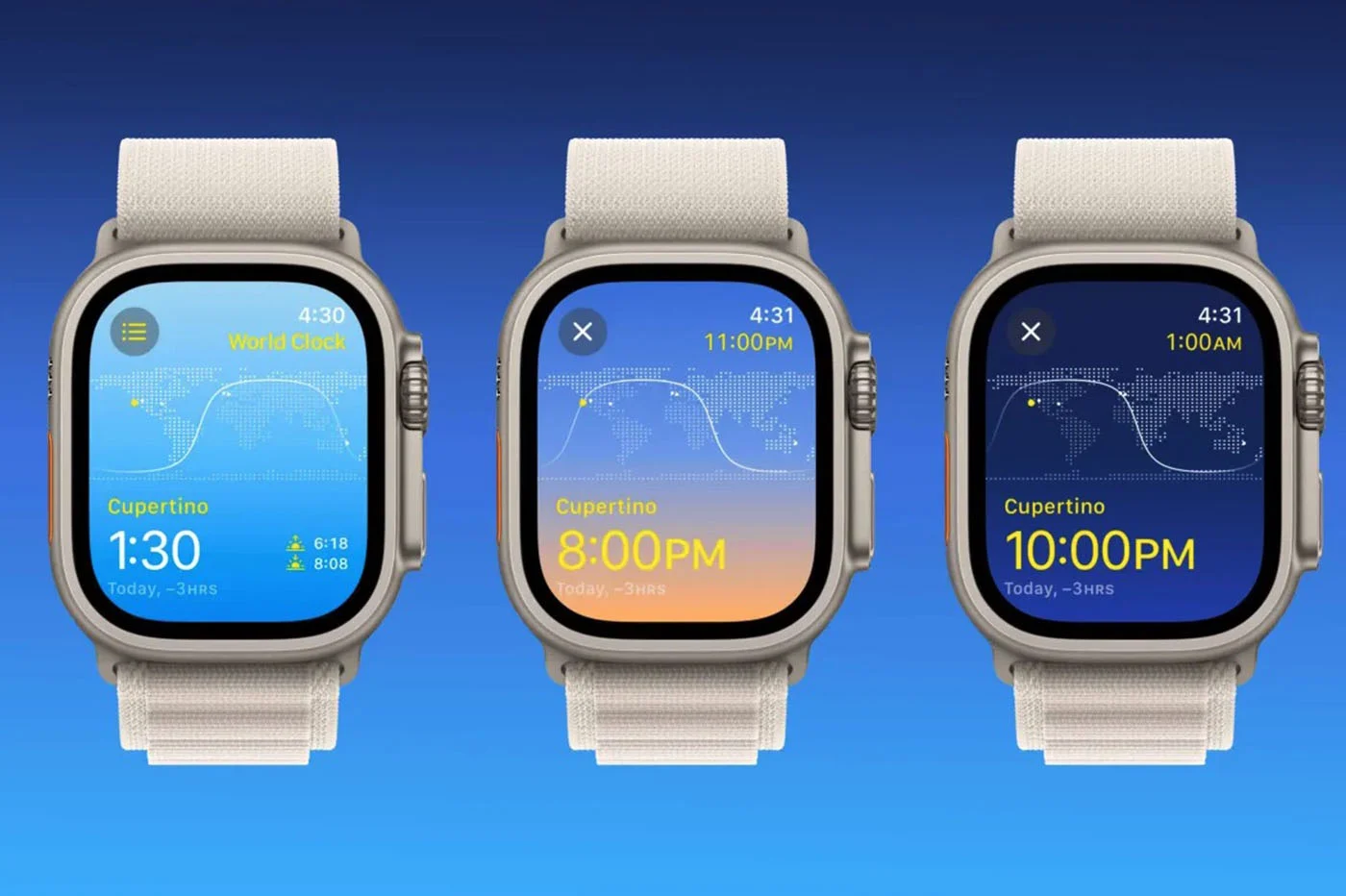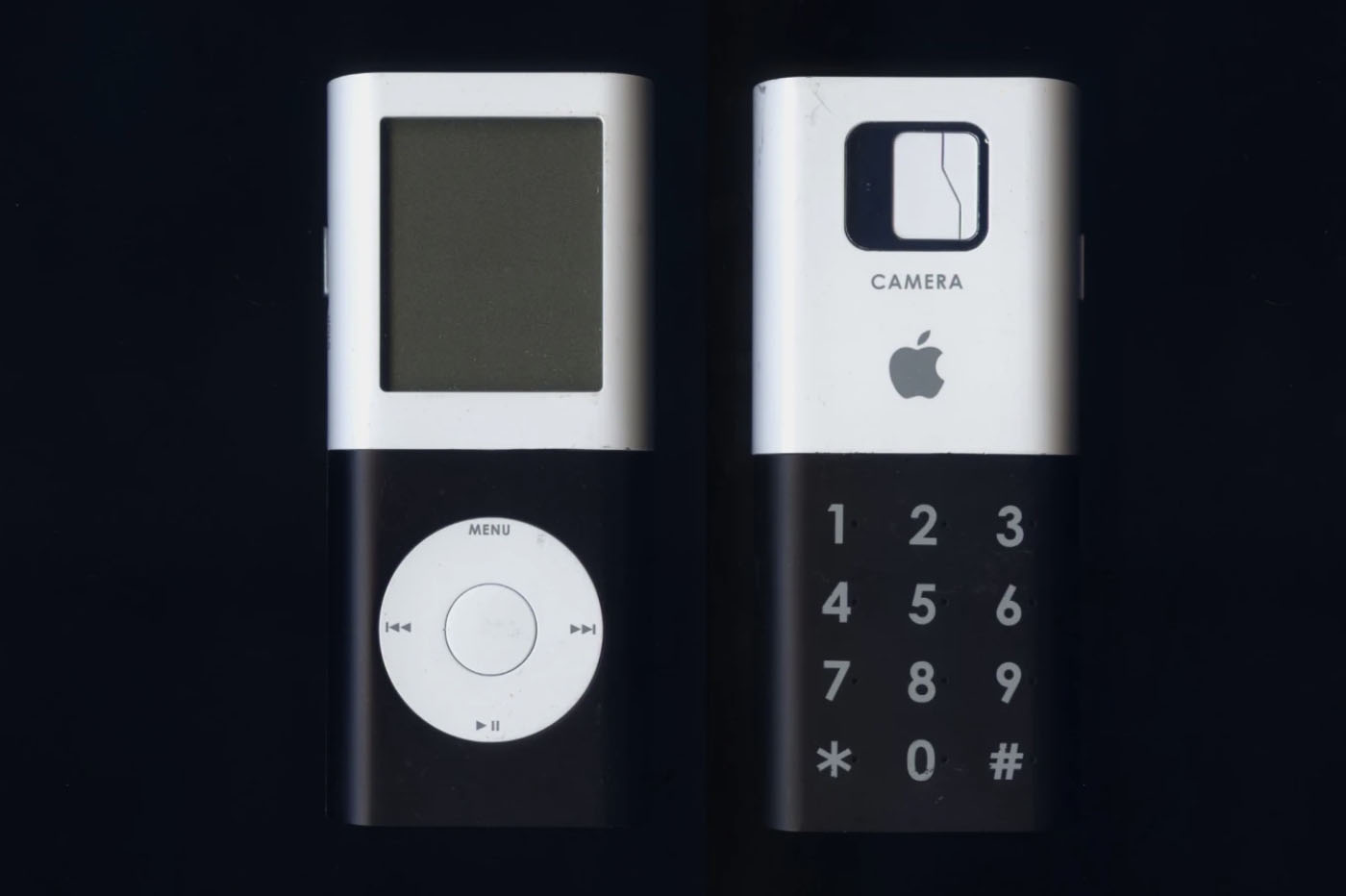We know the specialists from the iFixit site for their very comprehensive disassembly guides on many tech products, including iPhones, but also Macs, iPads and various other smartphones, tablets and laptops.
They are therefore always expected at the turn when new iPhones are released. And just 3 days after the release of the 12 and 12 Pro models, they published their teardown guide on their site for each of the two models.
Many points in common
This exposure reveals that the iPhone 12 and 12 Pro have many points in common, due to their identical format. They both have the same case down to the millimeter and the same 6.1-inch screen size.

iPhone 12 on the left vs iPhone 12 Pro on the right © iFixit
Inside, the location of the components is very similar. And Apple has kept it simple for once. For example, where the 12 Pro model includes a LiDAR sensor and an additional photo sensor in the camera module, the iPhone 12 contains, in the same place, a piece of plastic.
The internal resemblance between the two iPhones goes so far that iFixit technicians carried out a component exchange test. They swapped the two OLED panels. It turns out that the one from the iPhone 12 works well when grafted onto the iPhone 12 Pro, and vice versa.
Other components are the same in both machines, including the Taptic Engine and the battery (as seen there). In this regard, iFixit notes the return to arectangular format for the battery. The L-shaped battery seen on previous iPhones saves precious mAh, but it is more complex and therefore more expensive to place among the other components. The Californian giant would therefore have initiated a return to a classic format battery, perhaps to save a few dollars and counterbalance the integration of 5G and OLED across the entire range.
Finally, note that the iPhone 12 and 12 Pro get arepairability rating of 6/10, just like the previous generation iPhone and the iPhone XR. Technicians highlight a reduction in the use of glue by Apple for its iPhones, easier replacement of the screen and battery and overall fairly easy access to all components. On the negative side, we must highlight the use of glass now for the front and back of the iPhone, which requires, in the event of replacement following breakage, to remove each internal component.
Editor-in-chief for iPhon.fr. Pierre is like Indiana Jones, looking for the lost iOS trick. Also a long-time Mac user, Apple devices hold no secrets for him. Contact: pierre[a]iphon.fr.






